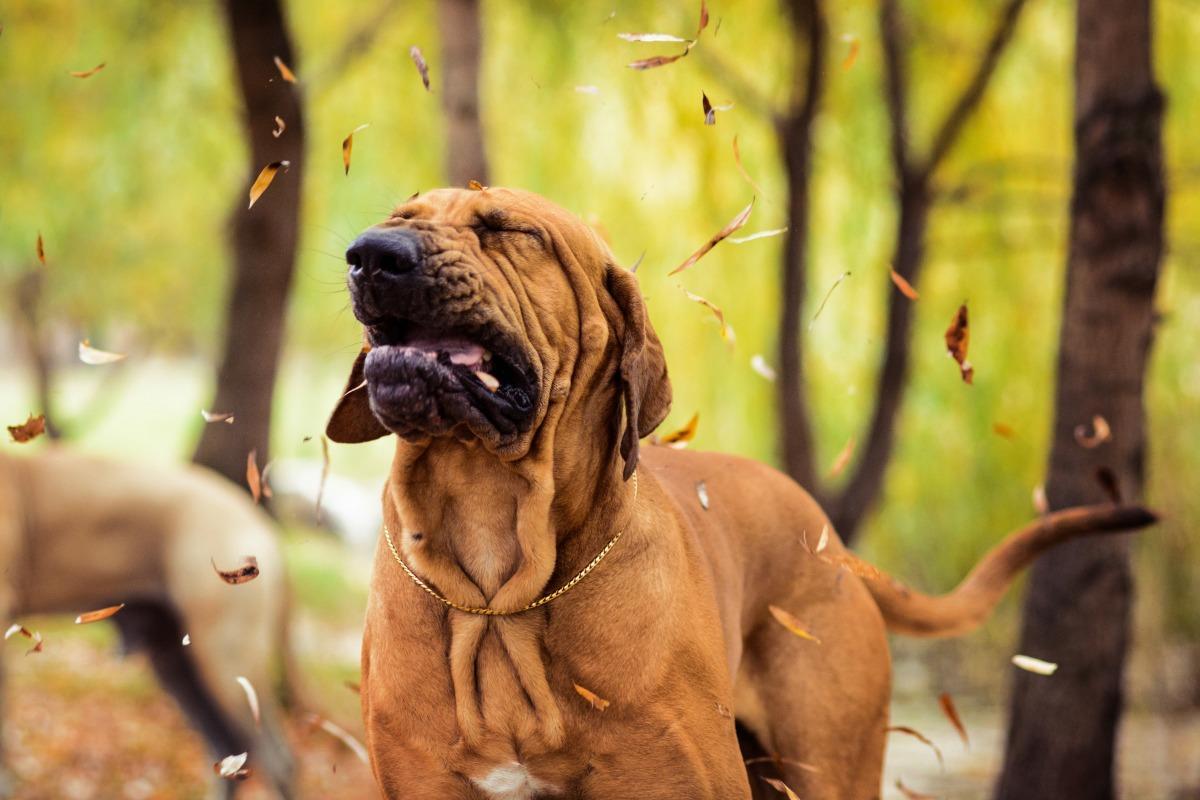Living beings exert air rapidly out of the nose while sneezing. On the flip side, the air is pulled into the nose when it comes to reverse sneezing. This instinctive response is usually accompanied by loud, honking/snorting noises that can seem scary to puppy parents.
Although most reverse sneezing attacks are short-lived and not life-threatening, you might still want to meet your vet to discuss the underlying causes. Reverse sneezing can be triggered by various dog allergies and health conditions, which is why you should seek medical advice.
It is worth noting that unanticipated vet bills can run up to thousands of dollars depending on the type and severity of a medical issue and may be much higher than pet insurance cost. Cheap dog insurance policies cover a canine fur baby’s testing, treatment, and medications during accidents, injuries, and medical emergencies.
So, why not consider buying a policy? In the meantime, read this article to learn the causes of reverse sneezing in puppies.
Reverse sneezing is known as “Paroxysmal respiration” or “Pharyngeal gag reflex” in medical terms. This condition is not uncommon in dogs and is more prevalent in flat-faced breeds like Pugs, Boxers, Bulldogs, Boston Terriers, and Shih Tzus.
Suppose it happens to your pup; wait for a couple of minutes because a reverse sneeze can last between a few seconds and a minute. Once it passes, your puppy will breathe normally. Otherwise, scoop up your puppy and head to the vet for assistance.
Causes for reverse sneezing in puppies
It is triggered by a spasm of the soft palate and the throat. Typically, this condition is set off by constant irritation in the larynx, pharynx, and throat.
Although it is difficult to accurately pinpoint what might trigger reverse sneezing episodes, a few things in the environment, like chemical odors, smoke, synthetic cleaners and detergents, perfume, pollen, dust, air fresheners, and room sprays, are known to induce adverse respiratory reactions.
Other common causes for reverse sneezing are vigorous exercise, sudden weather changes, tight collars, and abrupt movement when on a leash.
What are the solutions?
If your puppy is sensitive to airborne allergens, limiting its exposure to them only makes sense. Consider dusting the furniture, curtains, carpets, and other items inside the house more often, give up using body sprays and perfumes made of synthetic scents and opt for dog-safe organic household cleaners, shampoos, conditioners, and other bathing essentials.
Remember that your puppy’s nose is 10,000 to 100,000 times more sensitive than a human nose. Opening a jar containing something with a strong odor is just enough to summon your pet to the place and trigger its nose resulting in a reverse sneeze. So, confine your pet to a safe zone before using a scented item.
Plus, temperature and humidity changes can lead to reverse sneeze fests. Consider using humidifiers/dehumidifiers indoors to hopefully keep your furry baby’s nasal passages irritant free and healthy.
Also, over-excitement, rapid eating, and drinking can trigger reverse sneezing in dogs. Allow your furry baby to calm down and breathe normally with the help of a few head or back rubs.
Standing frozen with elbows spread apart, protruding and bulging eyes, and backward head movement are typical signs of reverse sneezing in furry babies. It may not be a significant medical concern, and treatment, if needed, may be straightforward.
Contact your vet and consider being prepared with cheap dog insurance as early as possible, for all kinds of health issues in your dog. Pet insurance cost can be more bearable than hefty vet bills you might have to pay upfront during dire health situations, so contemplate purchasing a policy.
